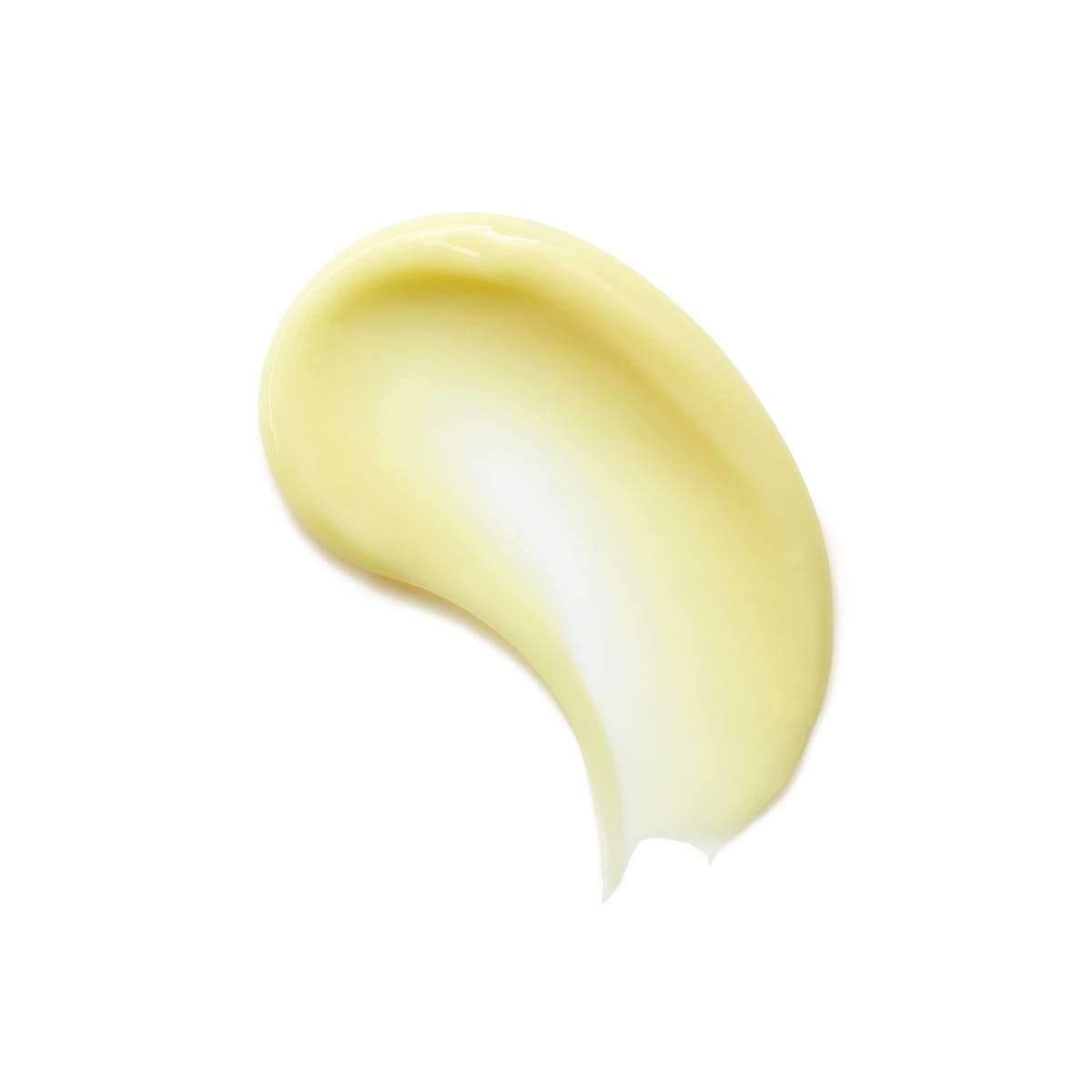We take responsibility. For your skin. And our planet.

About
Eucerin DERMOPURE CLINICAL Mat Fluid contains a unique combination of L-Carnitine and Salicylic Acid (BHA) to:
Clinically and dermatologically proven, Eucerin DERMOPURE CLINICAL Mat Fluid is suitable for sensitive, oily, and blemish-prone skin.
Suitable from 12 years and for all phototypes.
Clinical Efficacy
We take responsibility. For your skin. And our planet.
How to Use
BUILD YOUR OWN ACNE PRONE SKIN PROTOCOL
What are post-acne marks (post-inflammatory hyperpigmentation or PIH for short)?
PIH (post-inflammatory hyperpigmentation) is a type of skin hyperpigmentation mainly triggered by the way the skin regenerates after inflammation. It can affect the face and body, typically UV-exposed areas, and appears as flat spots of discolouration. These range in colour from pink to red, brown, or black, depending on skin tone and the depth of hyperpigmentation.
The root cause is increased melanin production—the pigment that defines a person’s skin colour—stimulated by inflammatory factors. The blemish triggers melanocytes, the melanin-producing cells, to release excessive melanosomes (pigment granules). These excess pigment granules darken and discolour the previously affected area. Once the initial blemishes have subsided, spots of hyperpigmentation, known as post-acne marks, can remain.
Additionally, sun exposure can worsen PIH, darkening the affected patches and prolonging their fading time. Most acne-related PIH will eventually fade, but it can take several years or even a decade to fully disappear*.
*Abad-Casintahan, F. et al., “Frequency and Characteristics of Acne-Related Post-Inflammatory Hyperpigmentation.” J Dermatol. 2016; 43:826–828.
Who is affected by post-acne marks?
Post-inflammatory hyperpigmentation is common among many acne sufferers, as a root cause of acne is inflammation. The post-acne marks left behind after blemishes have subsided can be even more aggravating and emotionally distressing than acne itself. Men and women are equally susceptible, and all skin types can develop post-inflammatory hyperpigmentation, although it is more prevalent in darker skin tones, with over 65% of Black Americans experiencing it, followed by 53% of Hispanics, 47% of Asians, and 25% of Caucasians*. This highlights the need for effective and tolerable skincare that targets both blemishes and post-inflammatory hyperpigmentation for consumers worldwide.
*Kaufman et al., Am J Clin Dermatol. 2018; 19:489–503, Perkins et al., JEADV. 2011; 25(9):1054–1060.
How can post-acne marks be prevented?
PIH is mainly triggered by the way the skin regenerates after inflammation. To help prevent it—although there are no guarantees—avoid picking at or pressing your pimples. The best prevention, however, is to target acne-related PIH at its root by preventing blemishes from appearing and becoming inflamed. Use a mild but effective cleanser and light, non-comedogenic skincare with anti-inflammatory ingredients, such as Ampho-Tensides, Salicylic Acid which are found in our Eucerin DERMOPURE CLINICAL Purifying Cleanser to help prevent pores from clogging.
Additionally, sun exposure can aggravate PIH symptoms, so we recommend sun protection. Limit your time in the sun and avoid exposure during its most intense hours. Wear protective clothing and sun hats whenever possible, and apply a sun protection factor of at least 30 to protect marks from darkening and help prevent new marks from appearing by using specialised sunscreen like Eucerin Oil Control Sun Gel-Cream Dry Touch SPF50+.
Read also some related articles
1 product-in-use, 75 subjects, after 8 weeks
2 product-in-use, 78 subjects, after 8 weeks
3 product-in-use, 72 subjects, after 8 weeks
Salicylic Acid, Carnitine
Learn More